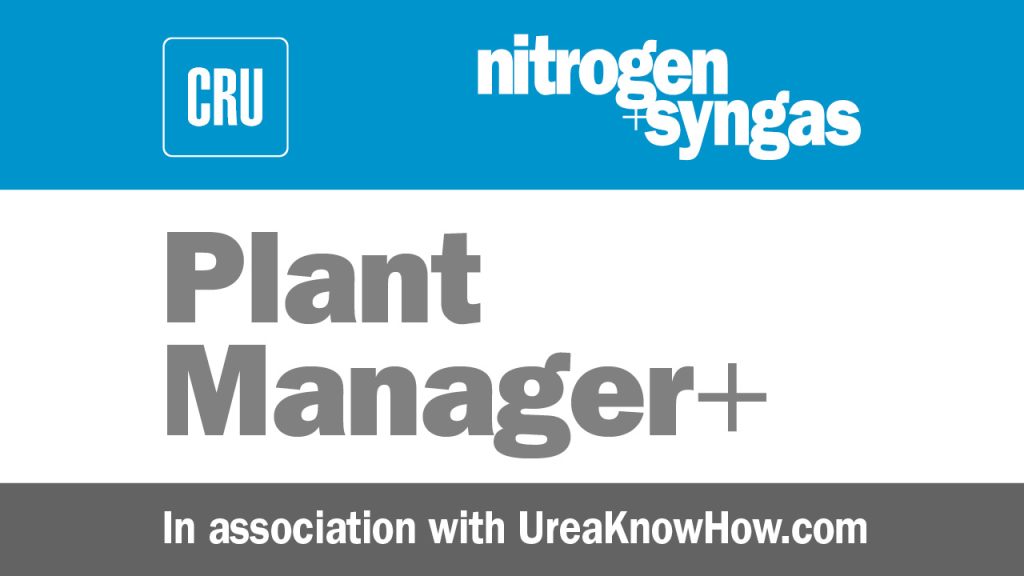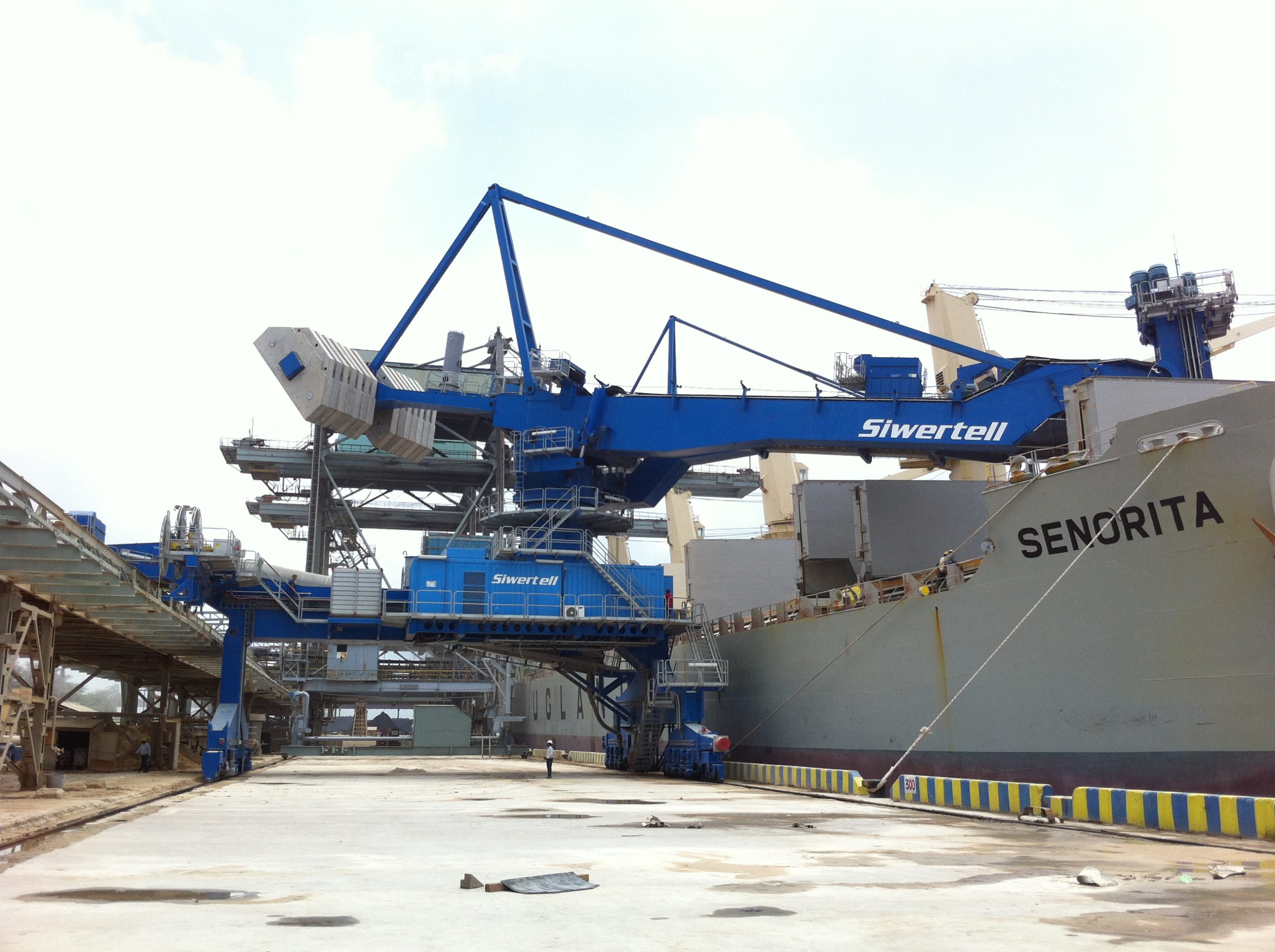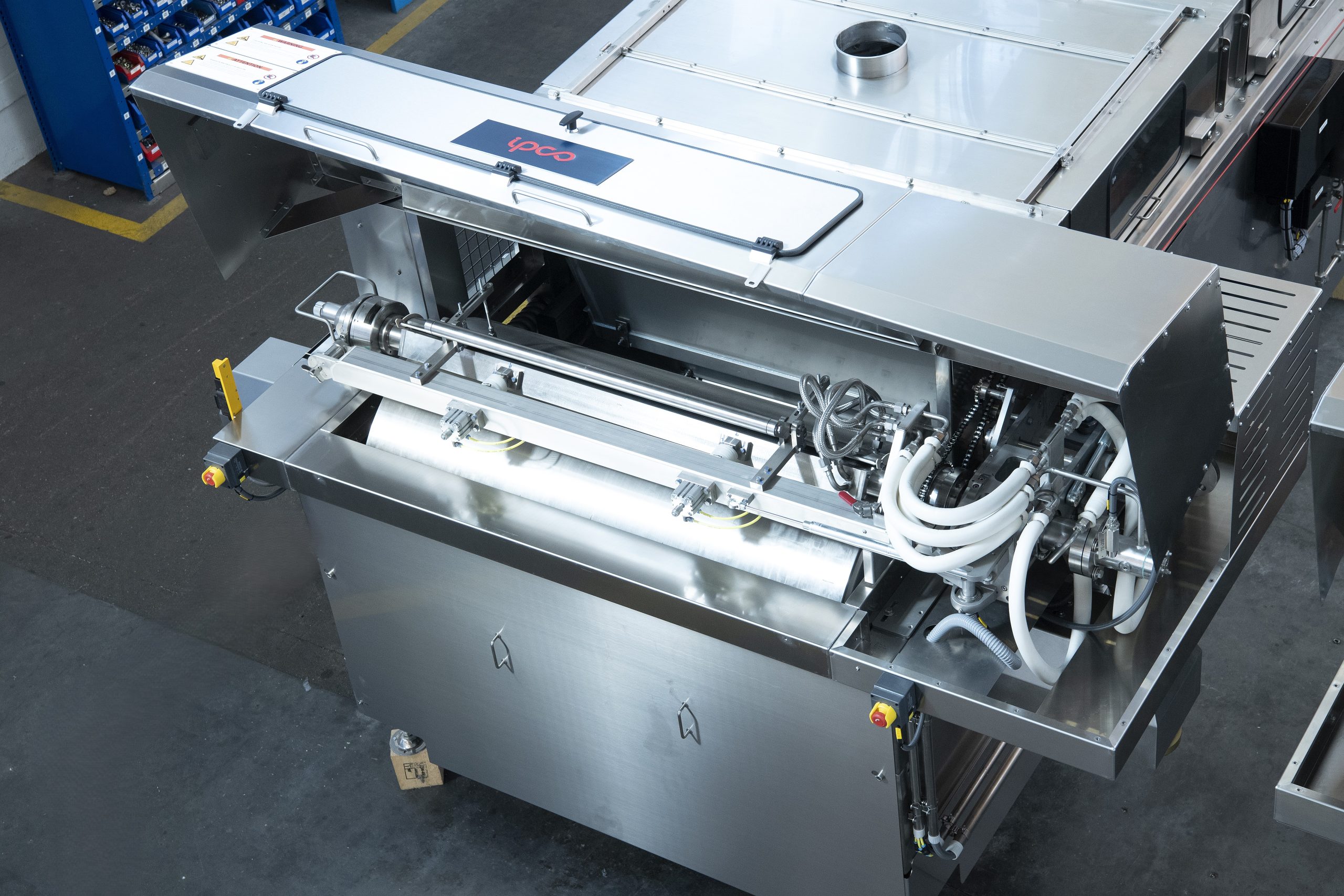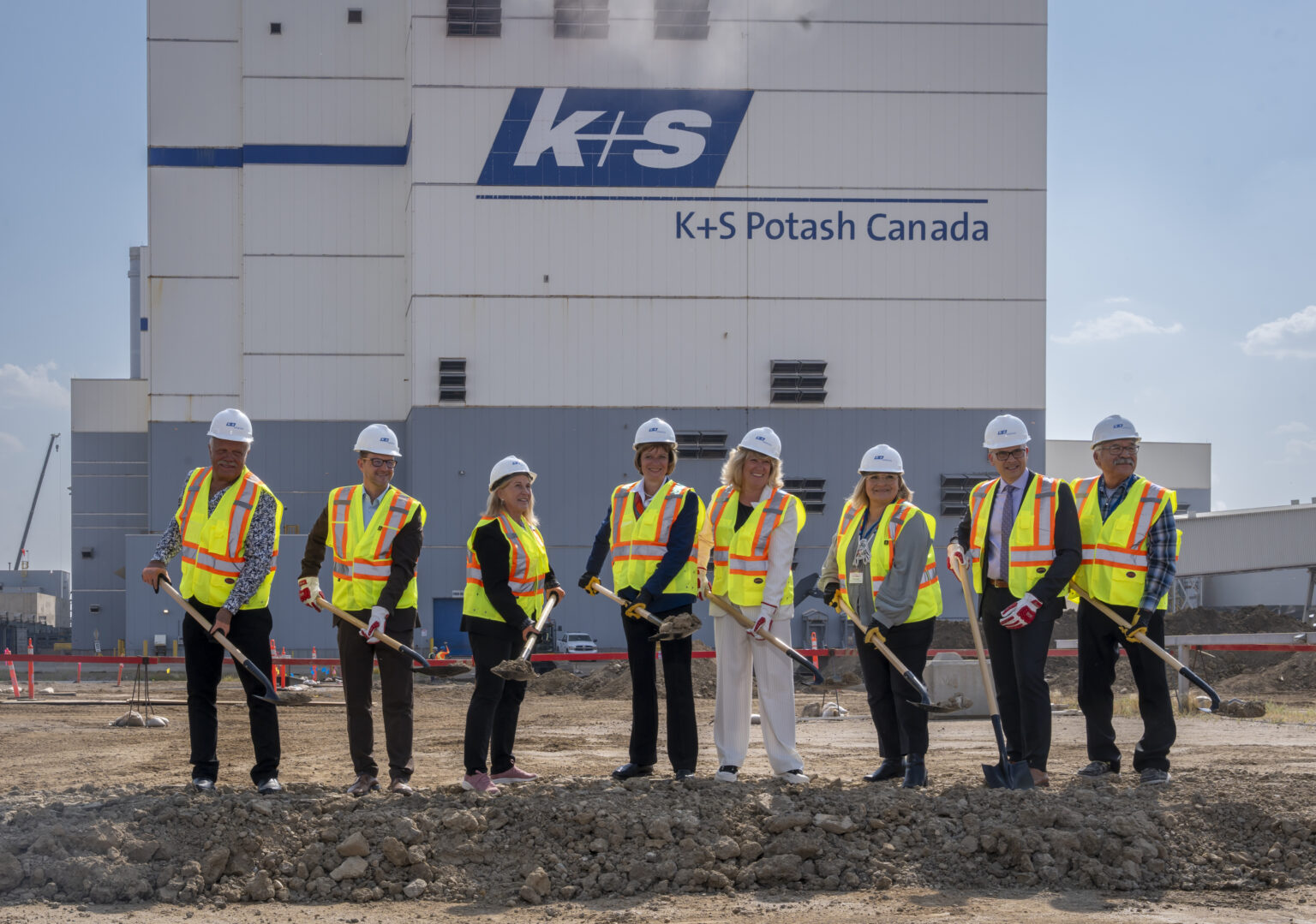Nitrogen+Syngas 316 Mar-Apr 2012

30 April 2012
Problem No. 11: How to run high pressure centrifugal pumps in parallel mode
When operators have a bad experience when operating critical equipment in certain modes, how do you convince them that operating in a certain mode should be possible and that it will bring benefits? This round table discussion discusses the parallel operation of high pressure centrifugal carbamate pumps. High pressure centrifugal carbamate pumps are critical equipment items and several process requirements need to be fulfilled to avoid problems and damage. Sharing experiences can improve the knowledge of how to operate the electrical equipment items and help operators to overcome their bad experiences.

Mr João Amilton Raharjo Silva Sampaio of Petrobras in Brasil introduces a very interesting practical problem:
I have some questions about centrifugal high pressure carbamate pumps. We have two Ebara pumps driven by a steam turbine. The pumps are used to pump the carbamate solution from the medium pressure recirculation section to the high pressure reactor. Operating conditions are: suction pressure 23 bar, discharge pressure 240 bar, temperature 100°C, flow 50 m3/h.
About 20 years ago, an operator tried to put the pumps in parallel arrangement to avoid the shutdown of the CO2 compressors. When the pumps were put in parallel mode they suffered serious damage caused by shaft locking. Today operators are of the opinion that the pumps can never operate in parallel mode. Who is familiar with the Ebara high pressure centrifugal pump? Is the opinion of the operators correct? What causes shaft locking in a high pressure pump when the equipment is in parallel arrangement?
Mr Nawal Guipta of Kribhco in India replies with a possible cause and recommendation:
In parallel operation, the flow through each pump might have reduced to below the minimum required flow through the pump. This can result in seizure of the pump shaft. If run in parallel, flow should be first increased by recycling.
Mr Muhammad Farooq of Pak-American Fertilizer Limited in Pakistan confirms the cause and elaborates on the previous reply: Ebara high pressure centrifugal pumps can be operated in parallel provided that you maintain all the requirements such as suction flow rate, temperature, pressure and recycle line flow rate. If there is no flow rate through recycle, it will lead to choking and can affect suction flow rate. Operating the pump below the minimum suction flow rate can lead to major damage.
I couldn’t understand the relationship between shutdown of the CO2 compressor, please elaborate further.
Mr João Amilton answers: With regard to the relationship between Ebara and the CO2 compressor shutdown, it is a logic of the DCS to protect the medium pressure recirculation section, especially high level in the absorber and ammonia recovery tower. In a steady-state, if the carbamate recycle pump stops, the system stops the CO2 compressors. After the CO2 compressors, the system stops the ammonia pumps. So, the load from the reactor doesn’t go to the medium decomposer tower and the level of the medium absorber doesn’t increase very quickly. During start-up, the logic is by-passed during a certain time to put in operation the pumps and compressors. Such logic was implemented by the operators recommendation.
Mr Krisnan Hanit of Qafco in Qatar shares his experiences and provides a procedure to switch from one pump to the other: Running Ebara or any other pump in parallel mode is difficult or dangerous but you can change over the pump without a CO2 compressor trip if you follow the procedure described below.
The discharge pressures of both pumps will be different and any high pressure carbamate pumps to run in parallel require that the discharge pressure of both lines is almost similar. To avoid a CO2 compressor trip, you can start one pump on recycle and slowly close the discharge valve of the other running pump to less than 50%. Then stop the pump and quickly close the discharge valve. Immediately line up the running recycle pump to the system by opening the discharge valve and you can avoid a CO2 trip without MP absorber level trouble (there will be some level rise).
Mr Riyadi Fikri of P.T. Pupuk Scriwidjaja in Indonesia gives his experiences:
We are using Ebara high pressure carbamate pumps and have been since 1977. We were unable to operate the Ebara centrifugal pumps in parallel mode for a long time, because we had difficulties in regulating the flow, pressure and temperature in normal conditions. Operation of the pump outside its specified conditions will cause fatal damage. We run parallel pumps only for switching with the standby pump for the purpose of maintenance.
Mr João Amilton asks some more questions:
What kind of power source do you have for the Ebara pump – steam turbine or electric motor? Could you describe the procedures to put your pumps in parallel mode to switch the pumps?
Mr Riyadi Fikri replies:
The carbamate recycle solution feed pump Ebara pump specification is as follows:
- Source power: steam turbine
- Pressure: 42 kg/cm2
- Temperature: 390°C
- Liquid pumped: urea carbamate solution
- Inlet temperature carbamate:110°C (max), min : 80°C (min)
- Capacity: 85 m3/h
- Discharge pressure max: 260 kg/cm2g, normal operation: 250 kg/cm2g
- Suction pressure: 24 kg/cm2g
- Pump speed: 6500 rpm
- Minimum flow: 38 m3/h.
The procedure to switch Pump A to Pump B when operating in parallel mode is described below.
Pump A: normal operating conditions
Pump B: increase vacuum, increase heat, start with curve performance from vendor until pressure, flow, and temperature are in the same condition as the other pump (pressure: 250 kg/cm2, flow: 85 m3/h, temperature: 100°C) → operation rate 100%.
Condition Pump B: Discharge fully closed, bypass throttle and then…Pump B → fully open discharge. Crack open bypass Pump A, close bypass Pump B, close discharge Pump A.
If Pump B is in good condition, then stop Pump A according to the procedures supplied by the vendor. (Warning: if below the minimum flow (<38 m3/ h) pump can be damaged).
Mr Rajkumar Kulkarni of RCF LTD in India shares his valuable experiences:
Ebara centrifugal pumps can be operated in parallel. As some of us have already mentioned, it is important to have the proper/sufficient suction flow to the pumps. Pump flow is controlled by the recycle control valve. Under no circumstances should the pump be allowed to operate below the minimum flow. The flow meter is in the common suction line of the pumps.
| This series of discussions is compiled from a selection of round table topics discussed on the UreaKnowHow.com website. UreaKnowHow.com promotes the exchange of technical information to improve the performance and safety of urea plants. A wide range of round table discussions take place in the field of process design, operations, mechanical issues, maintenance, inspection, safety, environmental concerns, and product quality for urea, ammonia, nitric acid and other fertilizers. |






